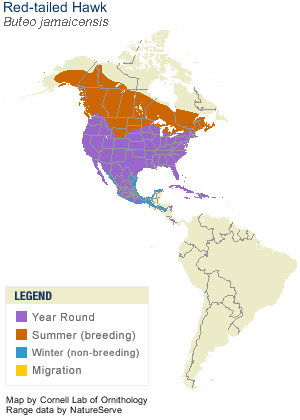Red Tailed Hawk
Wapeka

About Wapeka
Wapeka was feeding alongside Highway 152 near Casa de Fruta when a truck driver intentionally ran her over. Another driver stopped to check on the Hawk. She suffered multiple injuries and went through a long period of rehabilitation for injuries throughout her body, including her head. Wapeka recovered with the exception of blindness in one of her eyes. The loss of sight in one eye prevented WERC from being able to release Wapeka back into the wild and she became part of WERC's educational program in June 1997. Wapeka also helps raise young Red-Tailed Hawks as a surrogate parent. In this role, she helps prevent human imprinting and allows the young hawks to better survive in their natural habitat. "Wapeka" means "Spirited Woman".

Red Tailed Hawk Facts
Buteo jamaicensis
Measurements: Length: 19"-25" Wingspan : 46"-58" Weight:
Voice: High-pitched descending scream with a hoarse quality, "keeeeer."
Habitat: Deciduous forests and open country of various kinds, including tundra, plains, and farmlands
Nesting: Monogamous--mate for life. The nest usually contains 2 or 3 white eggs, spotted with brown, in a bulky nest of sticks lined with shreds of bark and bits of fresh green vegetation, placed in a tall tree or on a rock ledge. Young fed by both parents.
Lifespan in the wild: 29 years
Diet: Mostly small mammals, such as rabbits and rodents; also eats reptiles, amphibians, grasshoppers, spiders, worms, crustaceans, some fish and an occasional small bird or bat.
Range: Very common. Breeds throughout North America and winter across the United States north to southern British Columbia and the Maritime Provinces
